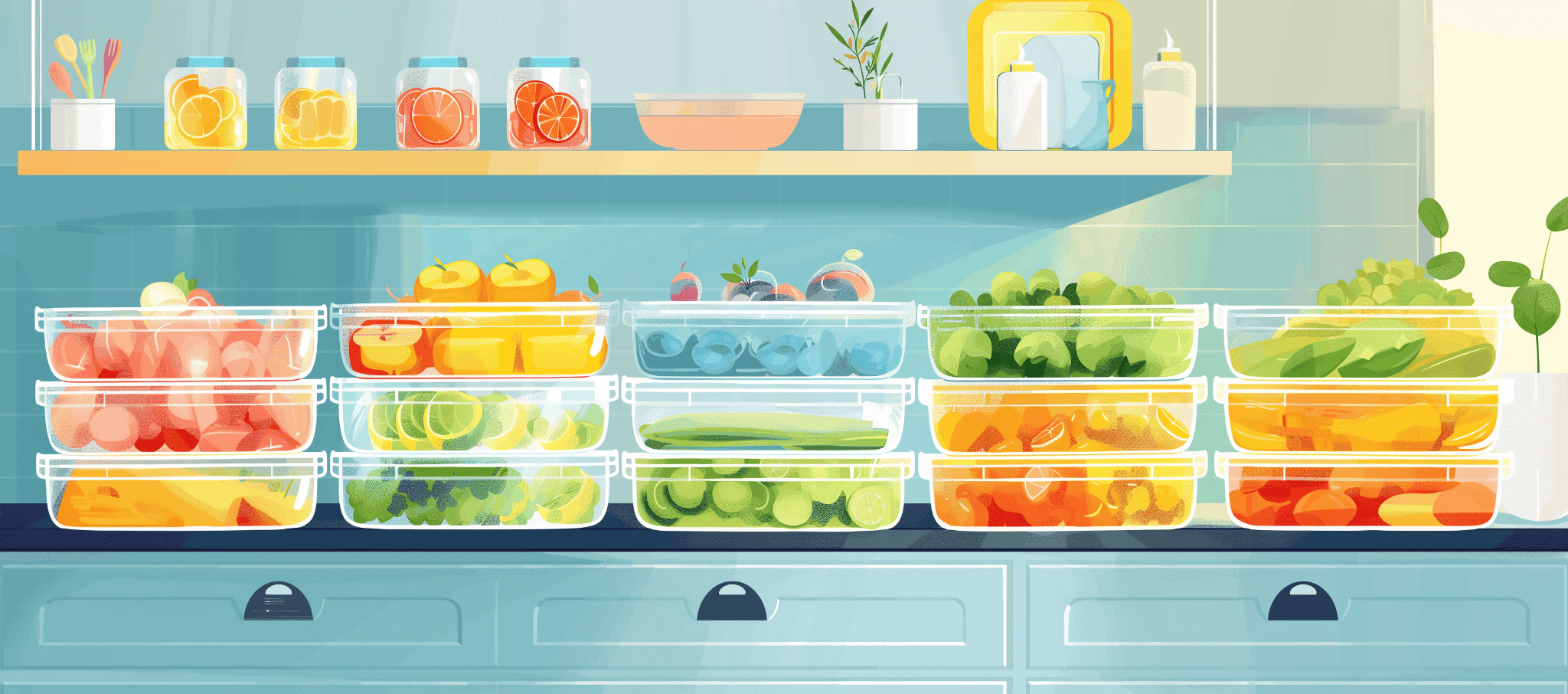In today's fast-paced world, moms everywhere are on a constant quest to balance the nutritional needs of their families with the ever-present time constraints. Enter the lifesaver that is meal prepping—a practice that not only ensures your loved ones are fed healthy and delicious meals but also saves you time, reduces stress, and even keeps your budget in check. Here, we delve into some meal prepping secrets that can transform the way busy moms approach mealtime.
1. Planning is Key
The cornerstone of successful meal prepping lies in effective planning. Begin by selecting a day of the week that you can dedicate a couple of hours to meal preparation—Sunday is a popular choice for many. Plan your meals around the nutritional needs of your family, ensuring a healthy balance of proteins, carbs, and fats, and don't forget to incorporate plenty of fruits and veggies. Make a detailed shopping list to avoid back-and-forth trips to the grocery store, saving you time and energy.
2. Batch Cooking and Individual Portions
Cooking meals in large batches is a meal prepping game-changer. Not only does it save time, but it also ensures you have a variety of meals ready to go throughout the week. Foods like casseroles, soups, and stews are perfect for batch cooking. Once cooked, divide the meals into individual portions. This allows for easy grab-and-go options and prevents overeating by controlling portion sizes.
3. Embrace Versatility
When meal prepping, choose ingredients that can be used in multiple dishes. For example, grilled chicken can be sliced into a salad, wrapped in a burrito, or mixed with pasta. This approach not only saves time and money but also keeps the menu interesting throughout the week. Likewise, roasted vegetables can be a side dish one night and a stir-fry component the next.
4. The Freezer is Your Friend
Never underestimate the power of your freezer. It's an excellent tool for extending the life of your cooked meals and preserving their nutrients. Soups, stews, and casseroles freeze particularly well. Be sure to label everything with the date and contents, making it easier to keep track of what you have on hand. Freezing also applies to sliced bread, cooked grains, and even certain raw ingredients like chopped onions and bell peppers, ready to be thrown into the pan.
5. Invest in Quality Containers
Good quality, airtight containers are crucial for meal prepping. They keep food fresh, prevent leaks, and are essential for transporting meals. Opt for BPA-free plastic or glass containers in various sizes. Some containers come with compartments which are excellent for keeping different components of your meals separated until you're ready to eat.
6. Get the Family Involved
Meal prepping doesn't have to be a solo mission. Getting your family involved can make it a fun and educational experience. Children can help with washing and drying vegetables, assembling ingredients, and even packing their lunches. This not only helps lighten your load but also teaches them valuable lessons about nutrition and the importance of planning.
7. Keep it Simple
Finally, it's important to remember that meal prepping should simplify your life, not complicate it. Start small, perhaps by prepping just one type of meal (like breakfasts or lunches) for the week. As you get more comfortable, you can expand your repertoire. Don't be afraid to repeat meals, either. If your family loves a particular dish, make it a regular part of your meal rotation.
Meal prepping is a journey of discovering what works best for you and your family. By incorporating these secrets into your routine, you can enjoy nutritious and delicious meals even on the busiest of days. Remember, the goal is to alleviate stress, not add to it. Happy prepping!

